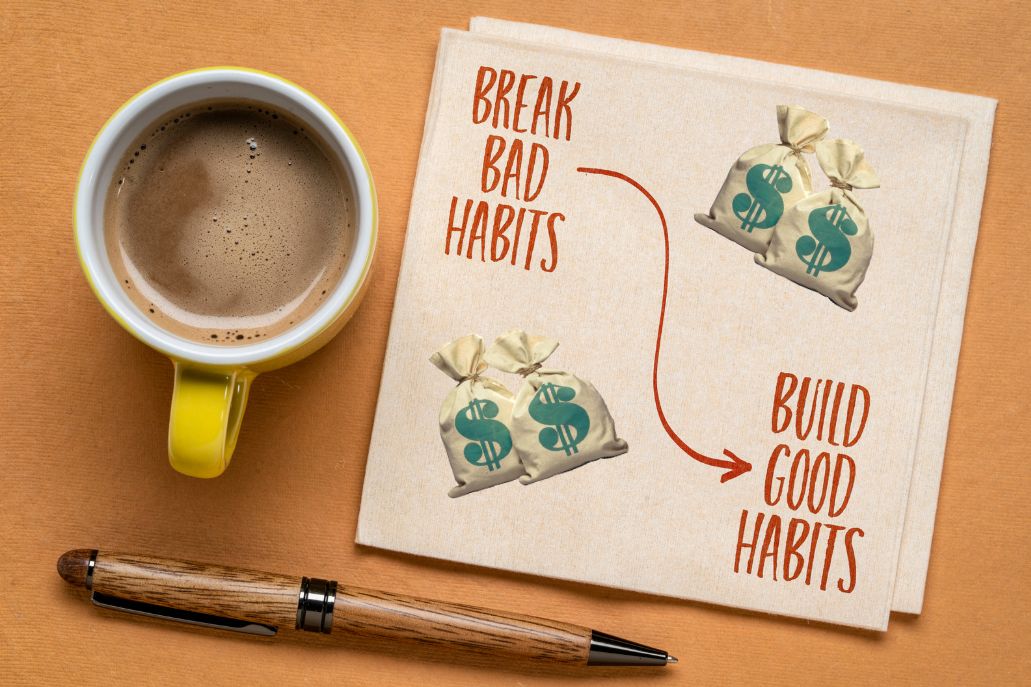How to Build Good Money Habits That Stick
Let’s face it—most of us didn’t learn how to manage money in school. We stumble through adulthood figuring it out as we go, learning through trial and error. The good news? It’s never too late to build better money habits. And the even better news? You don’t need to overhaul your whole life to do it.
Instead of relying on short-term fixes or strict budgets that fizzle out, you can create sustainable money habits that actually stick. This guide is here to help you start small, stay consistent, and build a financial routine you won’t dread.
Why Money Habits Matter
Money habits are the small financial decisions you make every day—choosing to pack lunch instead of ordering out, checking your budget before buying that new gadget, or automatically transferring a portion of your income to savings. Over time, these decisions compound. They either move you closer to your goals or further away from them.
Building good money habits isn’t about being perfect with your finances. It’s about being consistent with the little things so you’re not constantly stressed about money. Think of habits as autopilot for your financial well-being.

Step 1: Know Where Your Money Goes
Before you can change how you spend or save, you need to understand what’s actually happening with your money. Start by tracking every dollar for at least a month. Use apps like Albert or even a simple spreadsheet.
Break your spending into categories—essentials, lifestyle, savings, and debt. This will help you spot any unnecessary expenses or overspending. Our guide to Budgeting 101 walks you through this process step by step.
Step 2: Create a Simple, Realistic Budget
Once you’ve tracked your spending, create a budget that reflects your income and lifestyle. One popular method is zero-based budgeting, where every dollar has a job—even if that job is “fun money” or “emergency savings.”
The goal isn’t to deprive yourself. It’s to plan your money in a way that aligns with your values and priorities.
Step 3: Automate Your Financial Goals
The less you rely on willpower, the better. Automation helps you follow through on your goals without thinking twice. Set up auto-transfers for savings, retirement, or debt repayment. Even small amounts, like $20 a week, can add up quickly.
If you’re exploring online banking for better savings features, check out our comparison of digital banks to find an option that fits your needs. Many offer automatic savings tools that make this step even easier.
Step 4: Use Tools to Save More and Spend Less
There’s no shortage of apps that make it easier to build strong financial habits. From cash back apps like Ibotta to browser extensions like Rakuten, there are plenty of ways to make your money stretch further without cutting out your favorite things.
Still skeptical? Check out our articles on TopCashback and Money Saving Apps to see which tools might work for you.
Step 5: Check In With Yourself
Your finances aren’t set-it-and-forget-it. Review your budget and spending each month. Celebrate what’s working, and tweak what isn’t. This regular check-in can be as simple as a 15-minute Sunday night money date with yourself (or your partner, if you’re budgeting together).
Not sure where to start? Try setting a monthly money goal, like saving $100 for a weekend trip or paying off a specific bill early.
Step 6: Stay Motivated With a Financial Vision
Good habits stick when you connect them to a bigger purpose. What are you working toward? An emergency fund? A debt-free life? More freedom to travel or take a job you love?
Write down your financial goals and keep them visible. Use a vision board, a note on your fridge, or a dedicated page in your planner. Remind yourself why these habits matter.
Bonus: Learn From Others
No one has it all figured out. Read up on different financial strategies and perspectives. The Consumer Financial Protection Bureau offers helpful, trustworthy resources that can keep you grounded and inspired.
